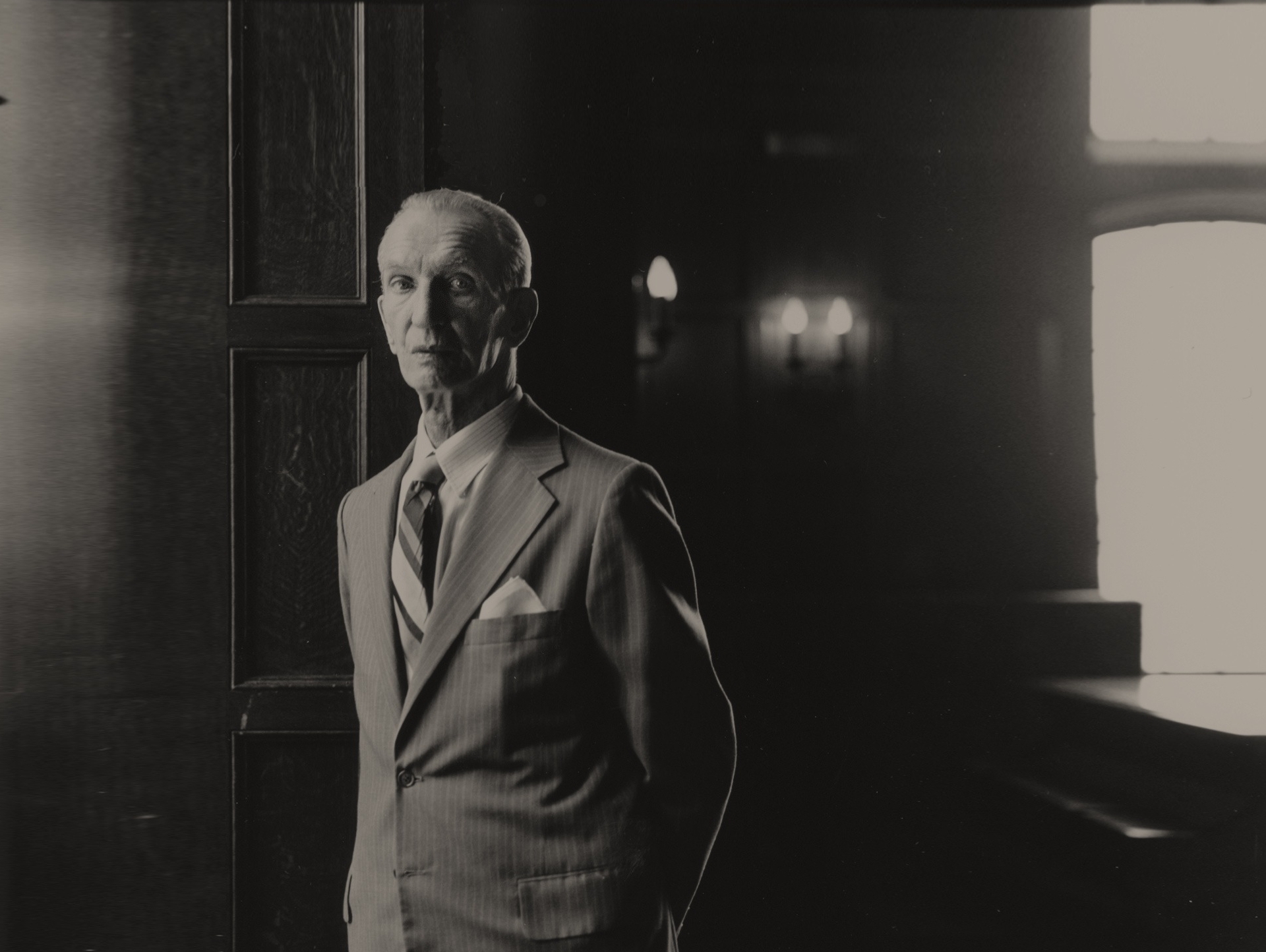
General Government (sometimes translated as General Governorate; Polish: Generalne Gubernatorstwo) — an area of the Second Republic of Poland under Nazi German rule during World War II created by a decree issued by Adolf Hitler on October 12, 1939. It was made up of the following voivodeships (districts, or provinces of Poland): Warsaw, Krakow, Kielce, Lublin and part of Lviv (see: Map of German-occupied Poland). The General Government was considered a province of Germany with no respect for international laws. Hans Frank was Governor of the General Government and he resided at the Royal Wawel Castle in Krakow.
Georgetown University — the oldest private Catholic university in the US, located in Washington D.C.’s Georgetown neighborhood. It was founded in 1789. Jan Karski was Georgetown University’s professor and so were Zbigniew Brzeziński and Madeleine Albright. President Bill Clinton is among the university’s most prominent alumni.
Gestapo (German: Geheime Staatspolizei) — official Nazi-Germany secret police, the main instrument of German terror. Its Warsaw quarters were located at Szucha Street, which became a symbol of an interrogation prison.
Ghetto — a separate section of a town, usually surrounded by walls, where the Jews were forcibly confined. Once a ghetto was established, the non-Jews who had lived there were forced to leave. Jews were forbidden from crossing over to the “Aryan side,” under punishment of death.
Gray Ranks (Polish: Szare Szeregi) — name of the Underground Polish scouting organization, whose members joined the Underground military operations led by the Polish Home Army. In the beginning, it recruited young people who were at least 17 years old but in 1942, it lowered the cut-off age to 12. It was divided into three age-groups: “Assault Groups” (Polish: Grupy Szturmowe), “Combat Schools” (Polish: Bojowe Szkoły) and “Zawisza” (after a prominent Polish medieval knight). Their most famous military actions were the Arsenal Operation, which resulted in freeing 25 prisoners from a German convoy and the Kutschera Operation—the successful assassination of Franz Kutschera, the chief of Warsaw SS and Police.
Home Army (Polish: Armia Krajowa) — a dominant Polish Underground resistance force during World War II, reporting to the Commander-in-Chief and the Polish government-in-exile in London. It operated within Poland’s pre-War borders, occupied by the Germans during WWII. It was the biggest dissident army in Europe at that time. (See also: chart of the Polish Underground State.)
Hoover Institution — a research organization founded by President Herbert Hoover in 1919. It contains archival material concerning President Hoover and World Wars I and II. About 20% of its archives concerns Poland.
Infamy — a form of punishment in which a person is deprived of legal rights and/or social standing.
Information Bulletin (Polish: Biuletyn Informacyjny) — an weekly Underground newsletter published by the Union for Armed Combat (Polish: Związek Walki Zbrojnej) and Polish Home Army between November 5, 1939 and January 19, 1945. Aleksander Kamiński served as its editor. It was the most important underground publication in German-occupied Poland. It reached the circulation of 40,000.
Jewish Fighting Organization — an Underground resistance organization (Polish: Żydowska Organizacja Bojowa) operating in the Warsaw Jewish Ghetto. It was founded in July of 1942 and was commanded by Mordechaj Anielewicz. Armed by the Polish Home Army and Underground Communist organizations, it engaged in spreading resistance propaganda; fighting those Jews who collaborated with the Nazis; and carrying out death penalties on informers. Most of the organization’s members died during the Warsaw Ghetto Uprising (April 19–May 16, 1943). A platoon of surviving fighters joined the combat of the Warsaw Uprising of 1944.
Jewish Labor Bund — a Jewish Socialist party, active between the end of the 19th century until the 1940s in Lithuania, Poland and Russia. During World War II, its members organized Jewish resistance. Michał Klepfisz, Marek Edelman and Szmul Zygielbojm were among the party’s members.
Kennkarte — German word for an ID card issued by General Government to all Poles 15 and older.